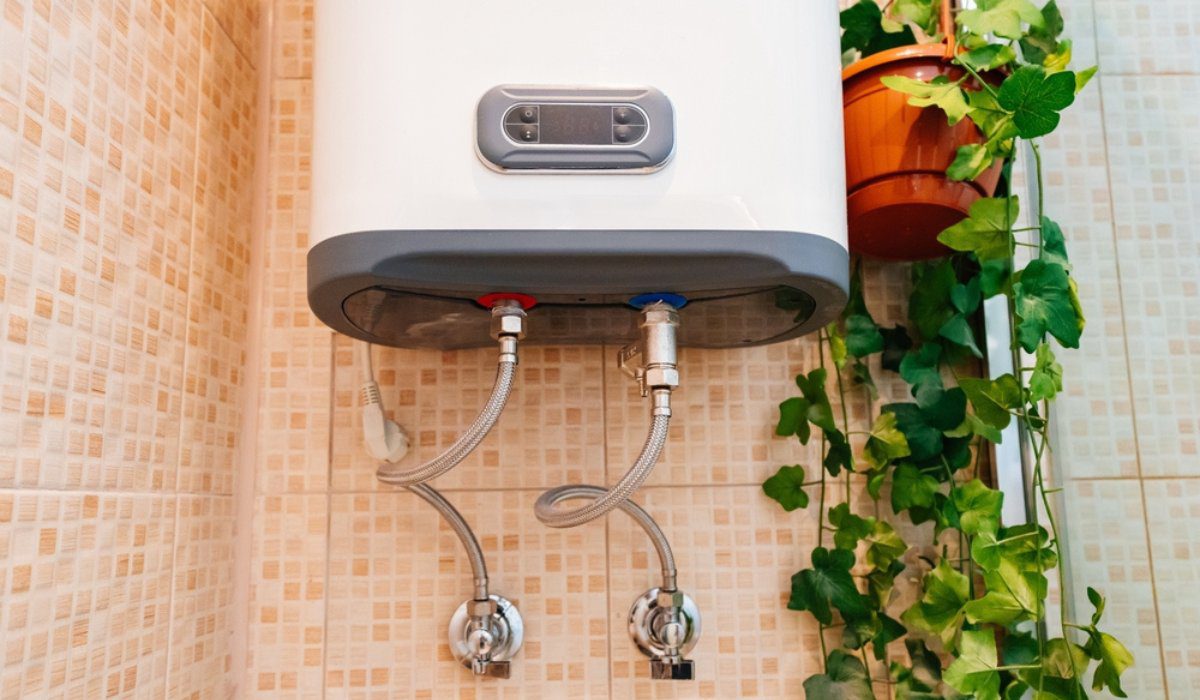Specialist Advice for Maintaining Your Home's Hot Water System
Specialist Advice for Maintaining Your Home's Hot Water System
Blog Article
What're your insights and beliefs on How to Maintain a Hot Water Heater in a Few Simple Steps?

Hot water is vital for day-to-day comfort, whether it's for a rejuvenating shower or washing meals. To ensure your hot water system runs effectively and lasts much longer, routine upkeep is crucial. This short article provides practical ideas and insights on how to maintain your home's warm water system to stay clear of disturbances and expensive repair services.
Introduction
Keeping your home's warm water system may appear difficult, but with a few basic steps, you can guarantee it operates smoothly for years to come. This guide covers everything from understanding your hot water system to DIY maintenance suggestions and understanding when to call in expert aid.
Value of Keeping Your Warm Water System
Normal upkeep not only extends the lifespan of your hot water system but likewise guarantees it runs successfully. Overlooking upkeep can cause reduced effectiveness, higher energy expenses, and also early failing of the system.
Signs Your Warm Water System Needs Maintenance
Recognizing when your warm water system needs interest can protect against major problems. Keep an eye out for signs such as inconsistent water temperature, unusual sounds from the heater, or rusty water.
Understanding Your Hot Water System
Before diving into upkeep jobs, it's valuable to recognize the basic elements of your warm water system. Generally, this consists of the hot water heater itself, pipelines, anode poles, and temperature level controls.
Regular Monthly Upkeep Tasks
Regular regular monthly checks can aid catch minor issues before they intensify.
Purging the Water Heater
Purging your water heater eliminates debris accumulation, improving performance and lengthening its life.
Monitoring and Replacing Anode Rods
Anode poles protect against corrosion inside the tank. Examining and replacing them when worn out is critical.
Inspecting and Adjusting Temperature Settings
Adjusting the temperature level setups guarantees ideal performance and security.
DIY Tips for Maintenance
You can carry out several maintenance tasks yourself to keep your hot water system in leading problem.
Looking for Leakages
Consistently evaluate pipelines and links for leaks, as these can result in water damage and higher bills.
Evaluating Pressure Relief Valves
Testing the stress relief valve guarantees it operates appropriately and protects against too much stress accumulation.
Insulating Pipes
Shielding warm water pipes minimizes warm loss and can save power.
When to Call a Specialist
While DIY upkeep is advantageous, some concerns call for professional know-how.
Facility Problems Requiring Expert Help
Instances consist of major leakages, electrical problems, or if your hot water heater is continually underperforming.
Regular Professional Upkeep Perks
Professional upkeep can include extensive evaluations, tune-ups, and ensuring conformity with safety criteria.
Verdict
Normal maintenance of your home's hot water system is essential for efficiency, long life, and expense savings. By complying with these pointers and recognizing when to seek professional help, you can make certain a trustworthy supply of warm water without unexpected disruptions.
How to Maintain an Instant Hot Water Heater
Before tinkering with your hot water heater, make sure that it’s not powered on. You also have to turn off the main circuit breaker and shut off the main gas line to prevent accidents. Also turn off the water valves connected to your unit to prevent water from flowing into and out of the appliance. 2. When you’re done, you have to detach the purge valves’ caps. These look like the letter “T†and are situated on either side of the water valves. Doing so will release any pressure that has accumulated inside the valves while at the same time avoid hot water from shooting out and burning your skin. 3. When the purge valves’ caps are removed, you have to connect your hosing lines to the valves. Your unit should have come with three hoses but if it didn’t, you can purchase these things from any hardware or home repair shops. You can also get them from retail stores that sell water heating systems. Read the user’s manual and follow it to complete this task properly. When the hosing lines are connected, open the purge port’s valves. 4. You should never use harsh chemical cleaners or solutions when cleaning your unit. Make use of white vinegar instead. It should be undiluted and you’ll probably use about 2 gallons. 5. Now flush your water heater. This task should probably take about 40 minutes. We can’t give you specific directions for this because the procedure is carried out depending on the type, model and brand of your heater. With that being said, refer to the user’s manual. 6. When you’re done draining the unit, you have to turn off the purge port valves again. Remove the hosing lines that you earlier installed on each of the water valves. Put the valve caps (purge port) back in their respective places and be very careful so as not to damage the rubber discs that are found inside these caps. 7. Now that everything’s back in place, check your user’s manual again to find out how to reactivate your water heating system. 8. Once it is working, turn one of your hot water faucets on just to let air pass through the heater’s water supply pipes. Leave the tap on until water flows smoothly out of it. https://www.orrplumbing.com/blog/2014/september/how-to-maintain-an-instant-hot-water-heater/
:max_bytes(150000):strip_icc()/tankless-hot-water-system-in-the-basement-of-a-green-technology-home-529577258-77afda16fd494c6899a78000888c3204.jpg)
Hopefully you enjoyed reading our article about Tips on Maintaining a Water Heater. Thanks so much for finding the time to browse our posting. Enjoyed our write-up? Please share it. Let others discover it. I recognize the value of reading our article about Water Heater Maintenance Tips You Can't Afford to Forget.
Click Here Report this page